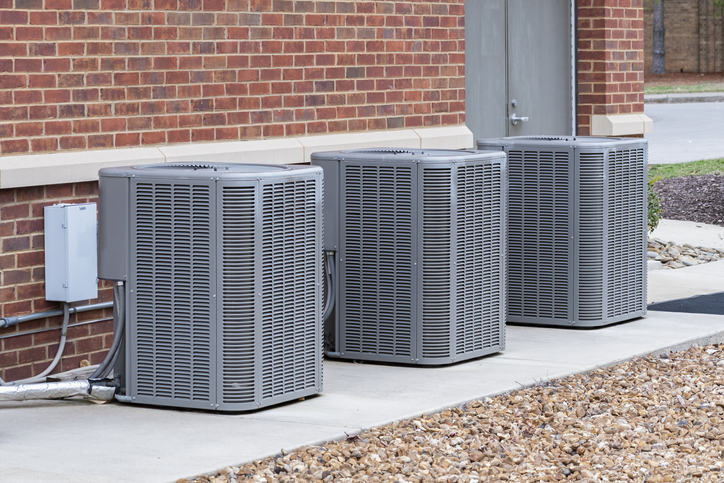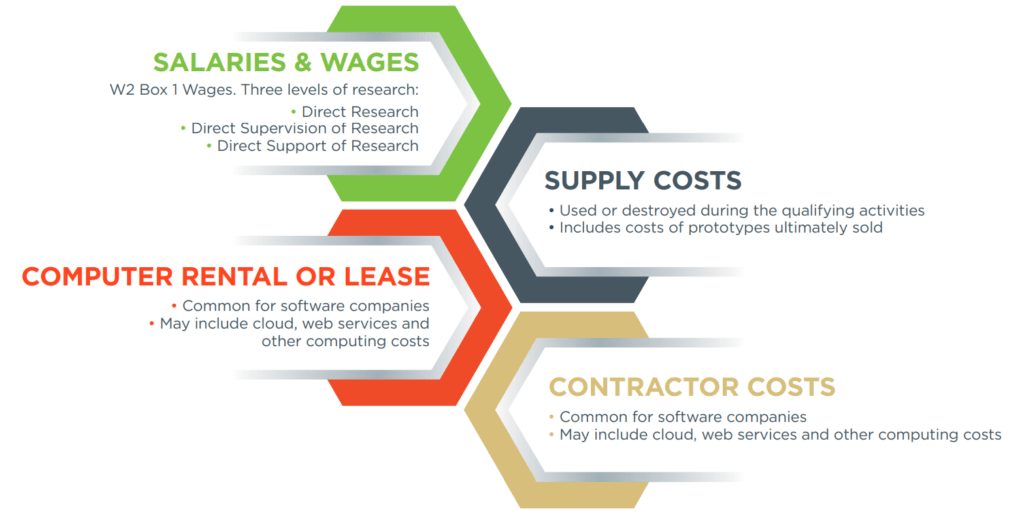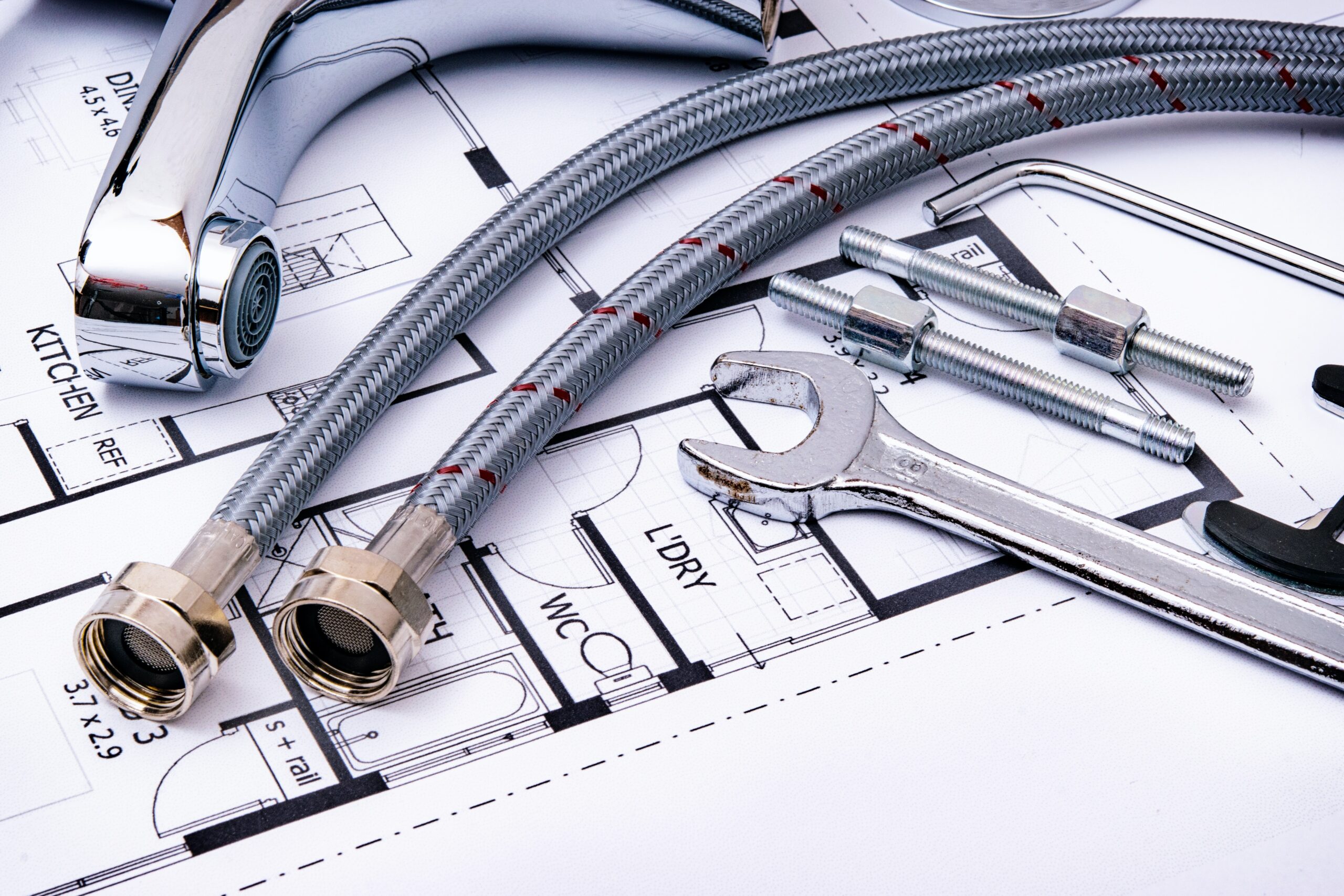The IRA’s Impact on Your Real Estate Clients’ 2023 Tax Returns
Franklin Chow
on
January 19, 2024

The Inflation Reduction Act of 2022 brought changes to the §179D Energy Efficient Commercial Building Tax Deduction, a flagship federal tax incentive. Knowing how to navigate the updates is going to be important for CPAs this tax season.
It started as the ‘Build Back Better’ bill, and in an eleventh-hour change in mid-2022, it became the Inflation Reduction Act of 2022 (the ‘IRA’).
While the IRA included a wide range of changes and updates, a central theme throughout the bill was clean energy.
As we enter the first tax season since the IRA became law, being aware of the key changes introduced by the Act will not only help CPAs build credibility among their real estate clients but may also help their clients uncover substantial tax benefits too.
Section §179D Energy Efficient Commercial Building Tax Deduction
Having been introduced into law in 2005, the §179D Tax Deduction (179D) may not be new, but it did undergo substantial updates as part of the IRA in 2022.
179D is a tax mechanism that was implemented to reward the developers of contemporary and energy efficient commercial or high-rise residential buildings.
To take the deduction, a series of steps need to be followed, including the development of an energy model using Department of Energy approved software, and a site inspection undertaken by a third-party professional engineer licensed.
From a tax standpoint, taking the deduction for a building placed into service in a previous year requires a change of accounting method (through form 3115), and the basis of the building is to be reduced by the deduction taken.
The Tax Side of 179D
As noted, 179D is a deduction, not a credit. For the actual tax benefit to be calculated, the deduction needs to be multiplied by the company’s tax rate.
If the company has a tax liability, it can use these deductions to reduce its assessable income and ultimately reduce its tax liability. Without a tax liability, it can be carried forward indefinitely.
Additionally, the basis of the building needs to be reduced by the amount of deduction taken. This is important to note that if the company decides to sell the property shortly after taking the deduction, capital gains are likely to be higher due to the lower basis value. As the years go by, this becomes less of an issue due to depreciation.

How 179D Worked Pre-IRA
Before the introduction of the new laws, energy efficiency was measured across (1) lighting, (2) envelope, (3) HVAC systems, and a tax deduction of up to $1.80 (adjusted for inflation depending on the year) was available for eligible buildings.
For developments that only demonstrated efficiency across one or two of the systems, a deduction of $0.60 (again, adjusted for inflation) was available per system.
Additionally, REITs were unable to take advantage of the incentive.
How the IRA Changed 179D
The IRA overhauled the incentive by removing the concept of ‘partial qualification’ and increasing the value of the deduction. Now, the deduction starts at $2.50 per square foot for a building that is 25% more efficient than a 2007 reference building, and increases $0.10 for every percentage of increased efficiency, capped at $5.00 per square foot (adjusted for inflation).
Under the new laws, REITs are also able to benefit from the deduction, and the developer is now required to have met apprenticeship and prevailing wage requirements to be eligible for the increased deduction.
You can find the rules for apprenticeship and prevailing wage outlined by the Department of Labor here.
Grace Period
In some guidance released by the IRS on the revamped 179D program, it was put forward that buildings on which construction began prior to 29 January, 2023, and were placed in service after that date are not required to meet the prevailing wage and apprenticeship requirements.
This guidance means that the larger deduction range is accessible for many developers who placed their buildings into service during 2023, or still plan on doing so in 2024.
Key 179D Questions for CPAs To Ask This Tax Season
Considering the changes to this tax incentive, here are some direct questions CPAs can ask their real estate client to determine whether 179D is relevant.
- Did you complete any real estate construction, renovation, or retrofit projects over the last few years?
This is a great qualifying question to see if it is worth your client’s time to look at accessing the incentive. - Did any of those projects have a gross square footage of 30,000 square feet or more?
While this is not an eligibility question per say, this size is generally the minimum size for the cost of undertaking a 179D study to be worthwhile. - When did the projects break ground?
This should give a clear indication as to whether the project is covered by the grace period where prevailing wage and apprenticeship requirements are not needed to be met. It is still uncommon for standard commercial development projects to meet those standards, so the chances of qualifying increase substantially if the project broke ground prior to January 29, 2023. - When were the projects placed in service?
This should provide insight into the version of the incentive the project may be eligible for.
Connect With a Specialist
When discussing 179D with your clients, make sure to have a 179D specialist in your corner. The signs of a reliable specialist are:
- Possesses both engineering and tax capabilities.
- Does not outsource their site inspections.
- Have a track record of being thorough in their practice.
These advisors are not only out there, but would likely be delighted to be your point of contact for engineering-based real estate incentives going forward.




